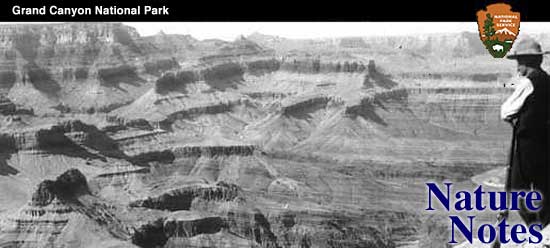

|
By Harold S. Gladwin,
PERIOD OF THE OLD STONE AGE The source of the native American population is not to be found in the New World. The absence in America of the anthropoid apes and of the fossil remains of either apes or primitive men points to an origin in the Old World where such remains have been found in great numbers at widely scattered points. The order of the appearance of the earliest men has been correlated with the advance and recession of the glaciers during the Pleistocene, or Age of Ice, and in western Europe has been resolved into a definite sequence. (See chart page 98) Evidence of the Palaeolithic, or Old Stone Age, has not yet been accepted as having been found in the New World, although recent discoveries in Colorado, Nevada, New Mexico, and Texas may properly be assigned to that epoch. At several sites, remains of men have been found in association with the bones of the mastodon, musk-ox, ground sloth, camel, and an early type of bison, animals which have long been extinct in America. As it is certain that the Americas were populated before the general use of boats, the only other means of entry, therefore, would have been over a land bridge. Such a bridge is known to have joined Siberia and Alaska up to the close of the last glaciation and it seems probable that the first men to enter America came as hunters during the last interglaciation, to be followed in more recent times by successive waves of migration from eastern Asia. CHART OF HUMAN HISTORY DURING THE PLEISTOCENE OR AGE OF ICE
| |||||||||||||||||||||||||||||||||||||||||||||||||||||||||||||||||||||||||||||
| <<< Previous | > Cover < | Next >>> |
vol7-10c.htm
14-Oct-2011